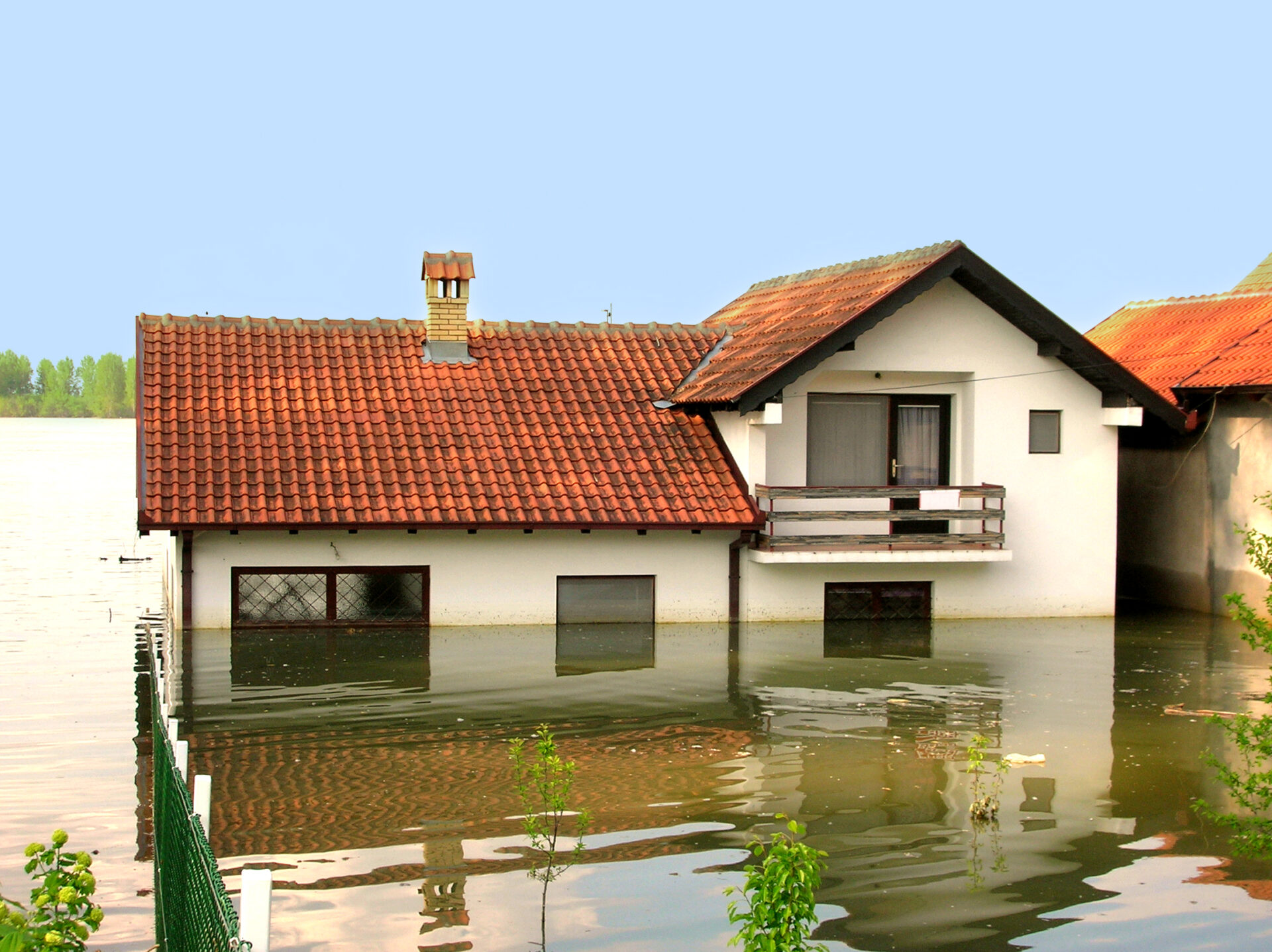Americans are paying top dollar to live in areas prone to devastating environmental disasters, with home prices soaring in these locations.
A new report from real estate publication Home Bay found that home prices are increasing at a higher rate than the national median in the areas most impacted by climate change.
Home sales prices are up 167% in metros within states that have had at least 50 Federal Emergency Management Agency (FEMA) disaster declarations since 2012.
By comparison, the national median increase is only 113%.
FEMA ranks California, Texas, Florida, Louisiana, and North Carolina as the states with the highest risk for homeowners– that is, the states that are most likely to have disasters that threaten buildings, people, and agriculture.
These are all states that have seen high home price appreciation during the Great Migration, as remote workers flock to affordable places where they can buy bigger homes without increasing their budget.
Northeastern states are at the least risk for climate change-related disasters, specifically Rhode Island, Vermont, Delaware, New Hampshire, and Maine.
Climate-related disasters also increase home costs for people living in high-risk areas. The report notes that since 1980, the average U.S. temperature has increased from 51.6 to 53.7 degrees Fahrenheit. As a result, homeowners are spending more money to cool their houses.
Another issue is insurance, which is rising sharply for homeowners in areas prone to floods and hurricanes.
“We have some carriers now taking policies and the rate increase is 40%, 50%. I don’t care what anybody gets up here and says, oh it’s not going up that high. I know, my office is a huge insurance agency. We see renewals come in from $2,000 to $4,000 or $5,000 every day,” Ross Fayard, who owns Amstate Insurance in Louisiana, told WAFB New Orleans.
Louisiana homeowners are facing price increases in the wake of Hurricane Ida. Ida caused $65 billion in damage across the U.S., making it the most expensive natural disaster of 2021.
Still, American homebuyers are leaving less risky regions and flocking to high-impact areas, lured in by warmer winters, work opportunities, or more affordable housing.
“People have been gravitating to places with severe climate risk because many of these areas are relatively affordable, have lower property taxes, more housing options, or access to nature,” Redfin Economist Sebastian Sandoval-Olascoaga said of the trend.
“For a lot of people, these benefits seem to outweigh the dangers of climate change. But as natural disasters become more frequent, homeowners in these areas may end up losing property value or face considerable difficulty getting their properties insured against environmental disasters.”
